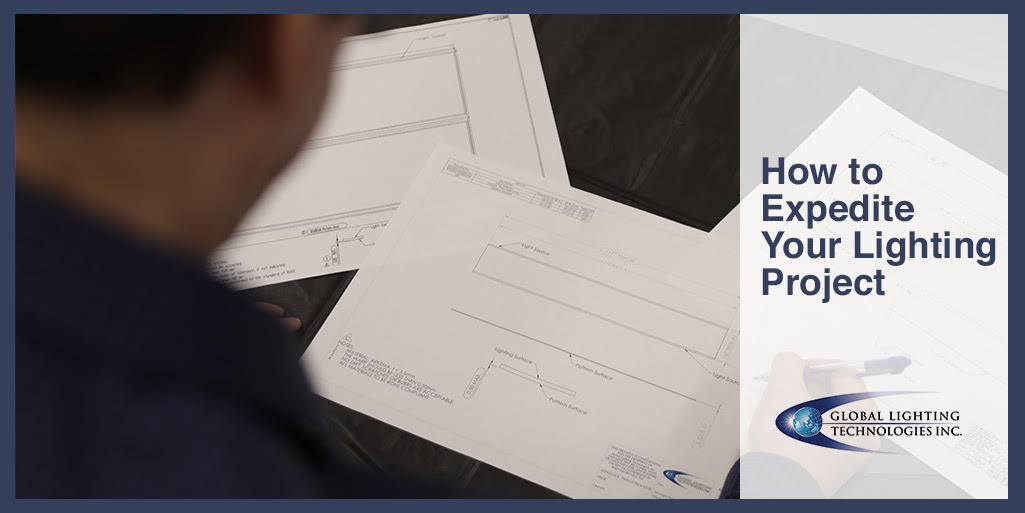
Seven Ways to Increase Project Efficiency and Overcome Delays
The lighting project schedule – outlining key roles, responsibilities and timelines – for a custom order LED product is an extremely helpful tool…until it’s not.
No matter how robust the project plan is, reality has a way of creeping in to debilitate lead times. The causes of setbacks are many and varied: order changes, financial issues, supplier delays, design alterations and unforeseen conditions. Any one of these issues knocks a project timeline off its rails and increase expenses by thousands of dollars. And no one wants to see this happen, especially our team.
So, the question remains: How can you dodge these all-too-common delays to expedite your lighting project?
Key Practices to Avoid Project Delays
Having worked on countless custom lighting projects over the years, our experienced team knows the ins and outs of solid project management. Here are seven tips for keeping your project schedule on target pace:
-
- Engage lighting professionals early on. When lighting designers are brought into the specification process early on, not only are you likely to face fewer problems with design compatibility, but you can get a head start on ordering any custom pieces and parts needed to assemble your products.
- Be specific. While you may be encouraged to be concise in other areas, there’s no need to spare any details when placing your lighting order. We ask our clients a host of questions to help our team complete a robust Project Information Form to ensure all variables, including annual volume, end customer, output area, color (wavelength or temperature) and industry requirements, are considered before kicking off design. Trust us, the more detail, the better.
- Share your design. If you already have an end-product design, share it with your lighting designers right away. Sometimes, when you only provide an idea or a half-baked concept, our designers don’t understand the ultimate goal, causing delays during product development. If our team knows design with enough lead time, we can optimize, add value and get it to market more quickly.
- Identify industry regulations. In addition to sharing your design concept, we need to know if the custom application, or any materials within it, need to pass industry regulations. For instance, the auto industry has stringent regulations regarding LEDs and type of plastic used within light guides, but knowing these rules ahead of time helps us source proper materials.
- Avoid late-game substitutions. While specs or requirements can change if needed, know that any design alterations can result in delays and increased budget, especially if new components need to be sourced.
- Hire fine-tuned project managers. With so many moving parts, it’s easy for details to slip through the cracks. When you’re evaluating lighting designers, make sure you hire one with proven project management capabilities and experience to avoid major glitches.
- Consider manufacturers with an international footprint. When you work with international manufacturers, they can source the best, most cost-effective priced materials on the market for your custom applications. Additionally, as your company and product grow, they will be better prepared to match your scalability needs.
Our Approach
While project schedule delays seem inevitable, they don’t have to be. The best way to avoid timeline pitfalls is to work with an experienced lighting manufacturer that has specification expertise, a proven project management team, a customer-first mentality and international buying power.
Global Lighting Technologies has nearly two decades of experience delivering the highest quality projects with a tried and true design process, from idea to implementation. With some information and guidance from you, we can deliver the ideal solution for your custom application on time and on budget.
If you have a custom lighting project need or would like to speak with one of our representatives, please contact us today.